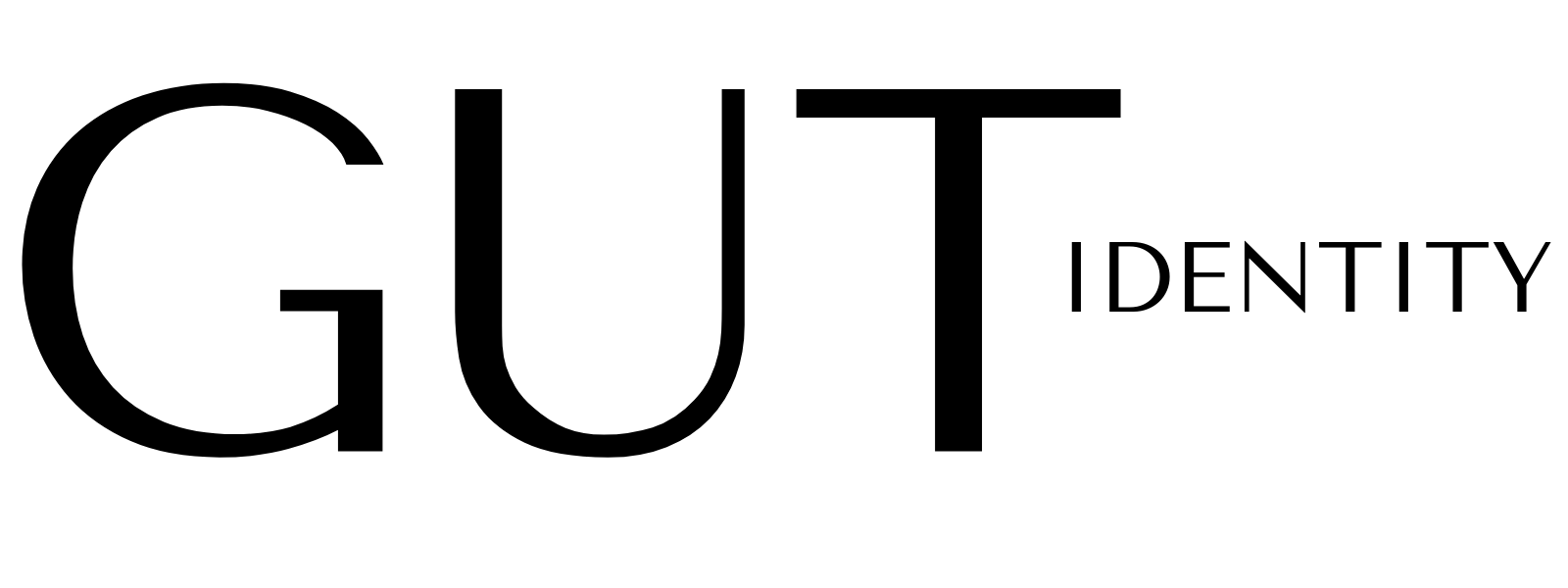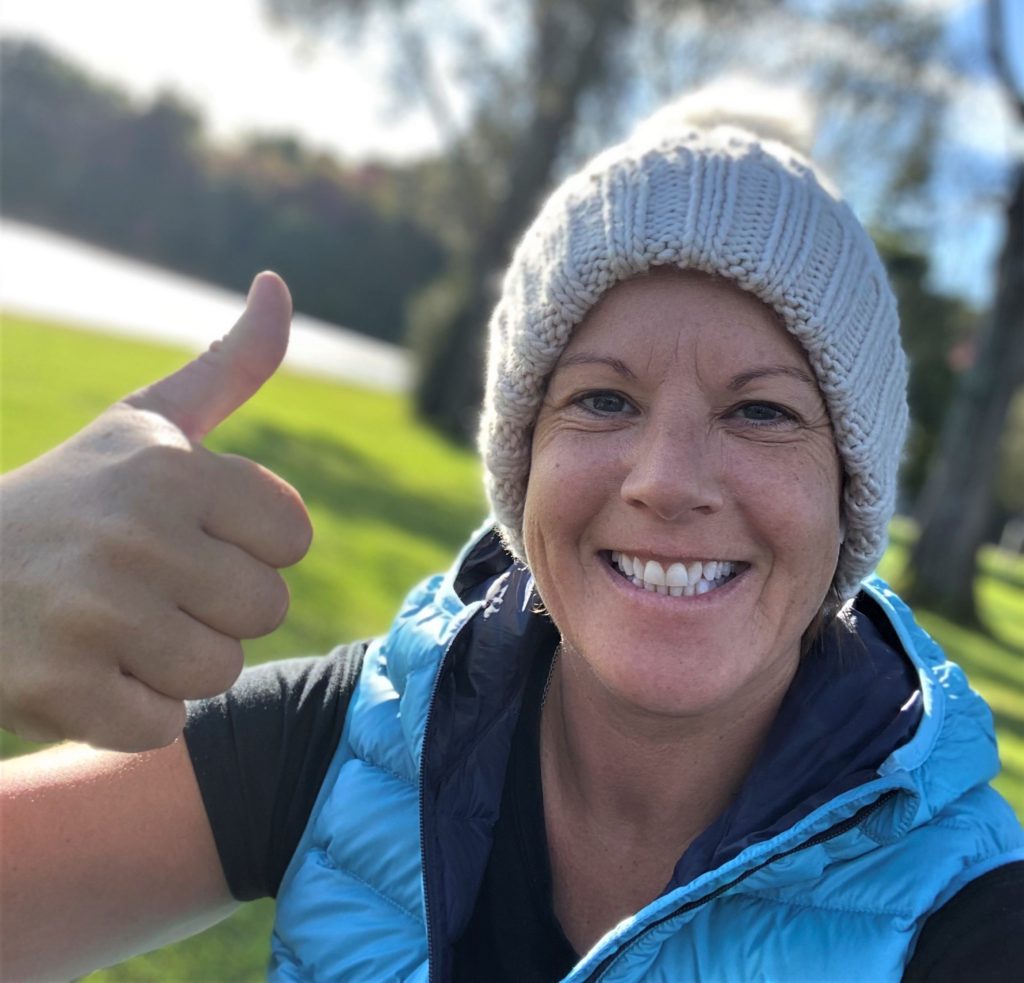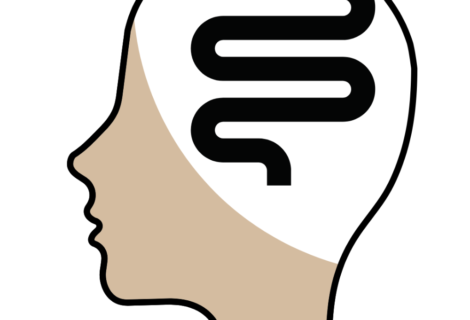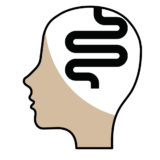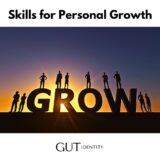Meditation and adult ADHD, often feel like opposite ends of a stormy continuum. But, armed with a bit of motivation and a few strategies to get you started, calming the storm within, is possible.
Although meditation has been around for centuries, how meditation supports our well-being today, has certainly gained in popularity. It’s been used in large companies such as Google, because it’s well-known for quieting the chatter in the brain, which then creates more space for creativity.
There are many different types of meditation and it’s important you find one that suits you. There’s no wrong or right way to do it and you most certainly don’t have to be sitting in the lotus position, fingers poised, and chanting. Unless you want to of course!
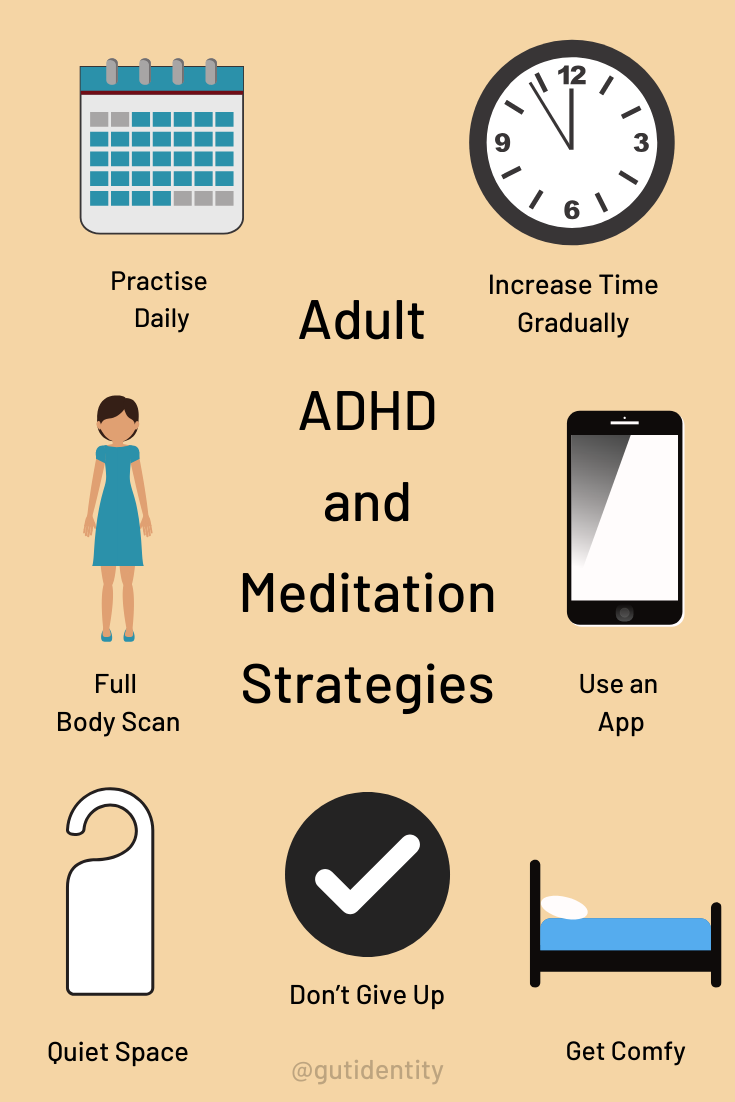
Use an app

There’s a multitude of meditation apps out there now, that we are spoilt for choice. A large majority of these are also free. Some apps have the added option of a monthly subscription which allows for favourites to be downloaded and used offline.
If you’re unfamiliar with meditation, or the concept of Mindfulness, ‘Smiling Mind’ is a great app to start with. It guides you from the beginning with easy to follow body scans that can be adjusted to suit different age groups.
I’ve used ‘Smiling Mind‘ myself, with groups of children while teaching, and also in private consulting work.
My go to app is ‘Insight Timer’ which is the only app I’ve used for over 5 years now. It’s free but offers a subscription package for offline use.
Increase time gradually

Just the thought of having to lie or sit still for longer than 30 seconds, is enough to drive a person with ADHD running for the hills. I’ve found, that by increasing the length of each session gradually, there’s a higher chance of sticking with it. The time can always be increased after becoming more familiar with it.
It’s important to note here, that there are times when I just can’t meditate. These are usually times of high stress or being unwell when my symptoms of ADHD are at their worst.
One strategy that does work for me, is choosing a body scan that gives me a ‘settling-in period’ of around 5 minutes of noticing my breathing. This enables me some extra time to get fully comfortable before the body scan begins.
Quiet space

Finding a quiet space to practise meditation is important. Somewhere where you won’t be disturbed. There’s nothing worse than getting right into the flow of it, only to have someone barge in and scare the bejeezes out of you.
Finding a quiet nook may be hard depending on individual circumstances, but just do the best you can.
Get comfy

You don’t have to be inside to get comfy and meditate, but if you have back problems like me, you might find it easier to lie down. The only downfall of this is, you may fall asleep. While this isn’t the primary goal of meditation, if you’re predominantly hyperactive, you might just enjoy that little bit of peace it brings.
I can quite easily fall asleep (even on my stimulant medication), so I use a descriptive body scan with the volume turned up.
Full body scan

Choosing what type of meditation to use comes down to personal choice. The length, the narrator’s voice, the gender of the narrator, and the order in which the scan is completed, all play a part.
I like a very descriptive body scan because often the narrator will remind me if my mind has wandered. This then helps me get back on track more easily.
I have several different body scans for the day and several different ones for sleep. The day ones have a ‘bong’ sound at the end (in case I’ve fallen asleep), while the sleep ones don’t, for obvious reasons.
Read more about ADHD and sleep HERE.
Practise Daily if possible

Even with the best of intentions, I still find it hard to practise meditation daily. If I’ve had a particularly bad day, I might just skip it altogether or choose a very short body scan instead, to avoid frustration.
Sometimes life just gets in the way and it’s something we just have to accept. Beating ourselves up about it isn’t helpful. Remembering you can just start again tomorrow, is!
Don’t give up

DO NOT GIVE UP! As hard as it is for me to do meditation sometimes, I don’t give up on it. When done regularly, you can feel the benefits. When I first started, I noticed changes after just two weeks. My head just felt clearer!
While some people disregard the idea of meditation as being helpful, there’s now a multitude of studies based on actual data, showing its effectiveness in many areas of physical and mental health.
If you’re interested in giving it a go, I’d recommend watching Jon Kabit-Zin give a talk to staff at Google in 2007. It’s fairly long, but I found it easier to understand the concept of Mindfulness, quickly. Check out the link below to learn more.
A final note, you won’t be losing anything by giving it a go, so you might as well try it, and see what happens!
Dedicated to my Auntie Ant for introducing me to Mindfulness, and all the benefits it brought with it!
